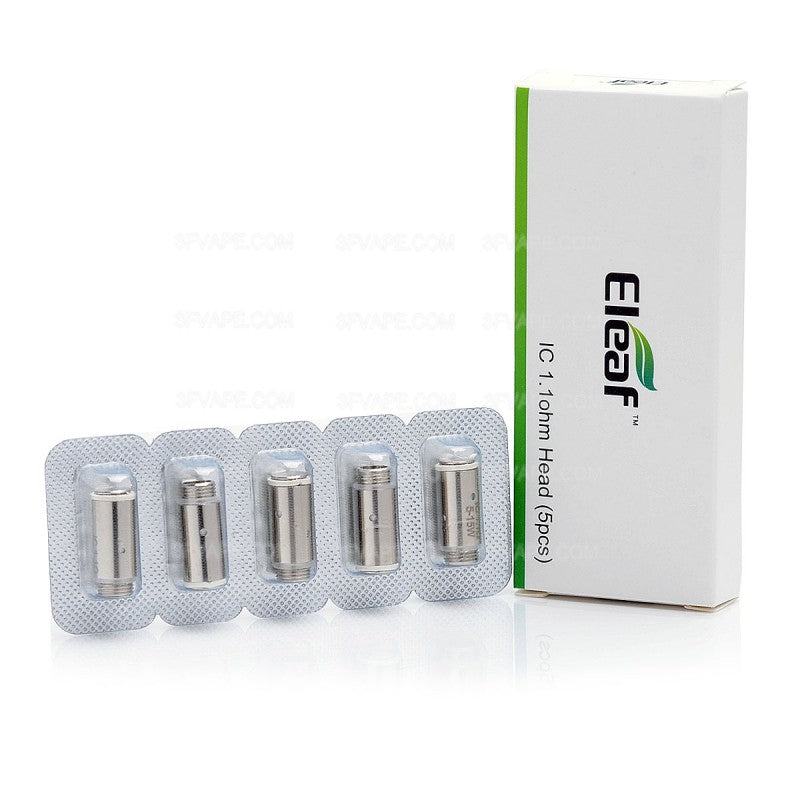

The indicator lights up when you take a puff, too, so you always know when the Solo is responding. This isn’t exactly the ideal breakdown (from 100 to 50%, then 50 to 16% would have been better), but at least you get some prior warning before you’ll need to charge.

The iCare Solo lets you know your remaining battery level using a small LED light on the side of the device, illuminating green when the battery has between 100 and 16%, yellow when it has between 15 and 6%, and red when it’s at 5% or less. Overall, Eleaf has trimmed down a standard coil design to make it work with the slim-line Solo, and has done a pretty good job maintaining performance despite the smaller size. They feature threading around the top of the cylinder, and screw into the base easily. The first thing you’ll notice about the coils is their thin profile, which had to be kept quite trim so they could fit into the opening hole in the top of the device. They do perform better with higher-PG juices, but you can get good performance with both. The 1.1 ohm coils included with the iCare Solo might not seem that impressive, but they have a compact design and work well with both PG-heavy and higher-VG e-liquids. It also has a hole through the center which fits the metal stem perfectly so it stays firmly in place while you’re vaping. The mouthpiece itself has a nice design, with the two larger sides having sections cut out to make it a comfortable fit on your lips. The draw is fairly airy, but it’s tight enough to support mouth-to-lung vaping, so it’s hard to imagine many vapers having an issue with what it can do. The holes are quite small – and you can’t do anything with the device to adjust their size – but they do more than enough for such a simple vaping device. The mouthpiece has two small sections cut out that match up with two notches around the edge of the device, and these allow air to be drawn in as you vape. The plastic mouthpiece on the iCare Solo is fairly basic, but fills its role well and also doubles as the inlet for the airflow into the device.


 0 kommentar(er)
0 kommentar(er)
